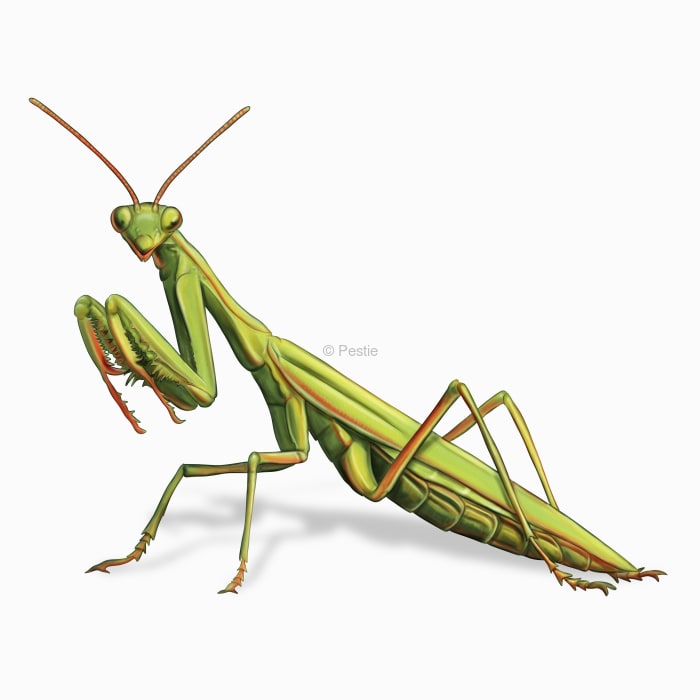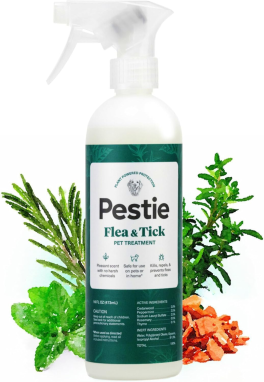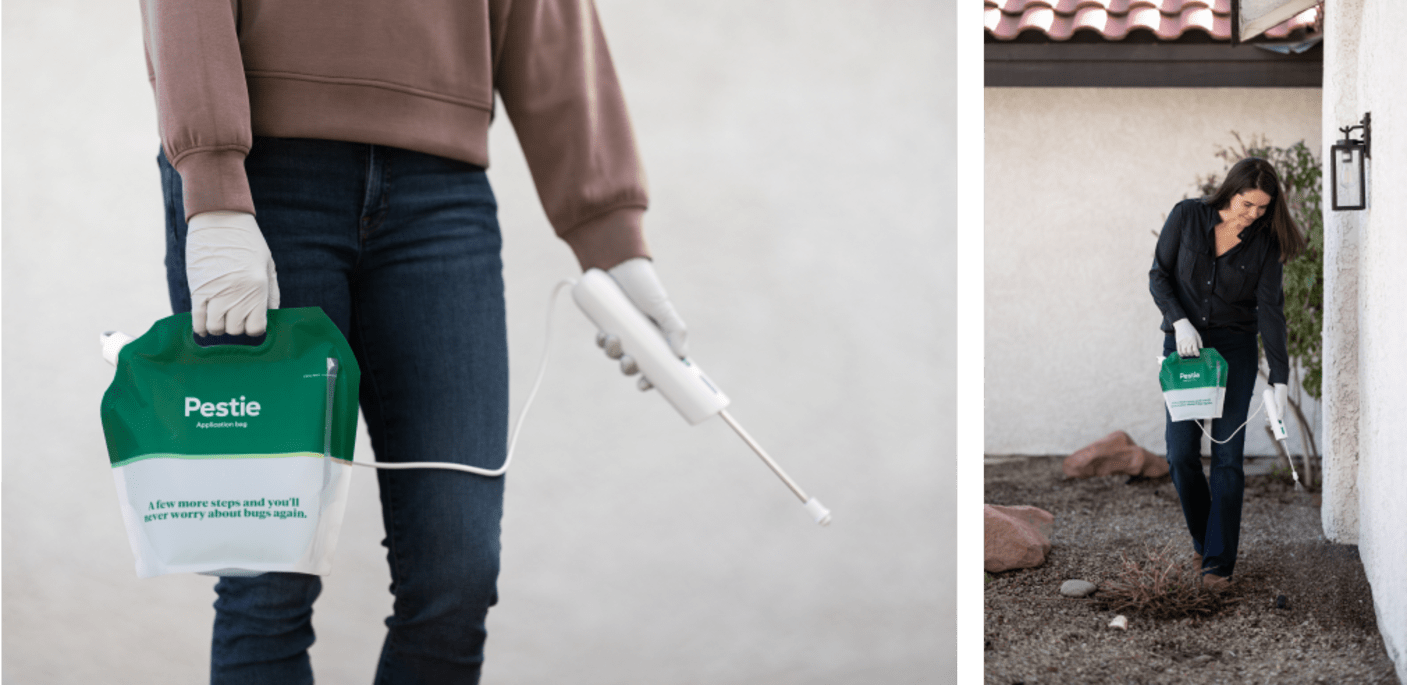How to identify and get rid of praying mantises

Say amen to managing praying mantises
Praying mantis seem like the kung fu masters of the insect world. They lay in wait, camouflaged in their surroundings, until a passing insect draws near. In the blink of an eye, they lash out and snatch the innocent passerby.
These skillful predators are known for their “praying” forelegs, which are ready to attack at any moment. The females are larger than the males and lay a large mass of eggs on twigs, outdoor walls, or posts in the fall. This mass starts out as a bubbly blob that eventually hardens. In the spring, hundreds of tiny praying mantises will hatch, looking for their next tasty meal, which could be a brother or sister!
In the US, we have several species of praying mantises. Our native species are usually small and brown, whereas the European and Chinese mantis are much larger and brighter green. These non-native species are often introduced into gardens to kill pests. However, they can kill other harmless native species and even hummingbirds if the mantis is large enough.
How to identify praying mantises
Praying mantises are easily identifiable by their unique posture; they hold their folded forearms up as if in prayer. They have triangular heads with large, bulging eyes that allow them to see almost behind them. Their bodies are long and slender, with a clear neck that distinguishes their head from their torso. Colors range from green to brown, perfect for camouflaging in foliage.
How big are praying mantises?
Our native Carolina mantis is 2 inches long, and the European and Chinese mantises are 3 inches or more.
Where do praying mantises live?
These praying mantises can be found throughout the US. They live in meadows and gardens.
How to get rid of praying mantises
If you don’t want praying mantises getting into your home, then sealing up the house is a good option. The best way to keep mantises out of your house is to use Pestie, a pro-grade, DIY solution that keeps pests away from your home with our yearly subscription plan. Creating and maintaining a bug barrier protects you and your family from any insect wanderers or invaders.
Treat praying mantises with Pestie
If you're still having trouble keeping praying mantises away, the best option is to use a pro-grade, effective pest control solution like Pestie.
Pestie is a do-it-yourself pest control solution that's specially designed to keep praying mantises and other pests away from your home.
With Pestie, you can rest easy knowing that your living space is protected and free of creepy crawlies. And the best part? It's designed for people, pets, and the planet, so you can say goodbye to harsh chemicals and hello to peace of mind!
- Save hundreds compared to traditional annual pest plans
- People, pet, and planet-friendly
- Pro-grade customized formulas
Quick facts
- Scientific name
Family - Mantidae
- Other common names
Carolina Mantis, European Mantis, Chinese Mantis
- Colors
Green and brown
- Life span
1 year
- Diet
Insects
How dangerous are Praying Mantises?
Low danger risk
Praying mantises are not harmful to humans. They’re actually beneficial as they help control other pests.
There is a misconception that females always bite the heads off of the males after mating. While this can occur, it is often rare in the wild but common in captivity.








